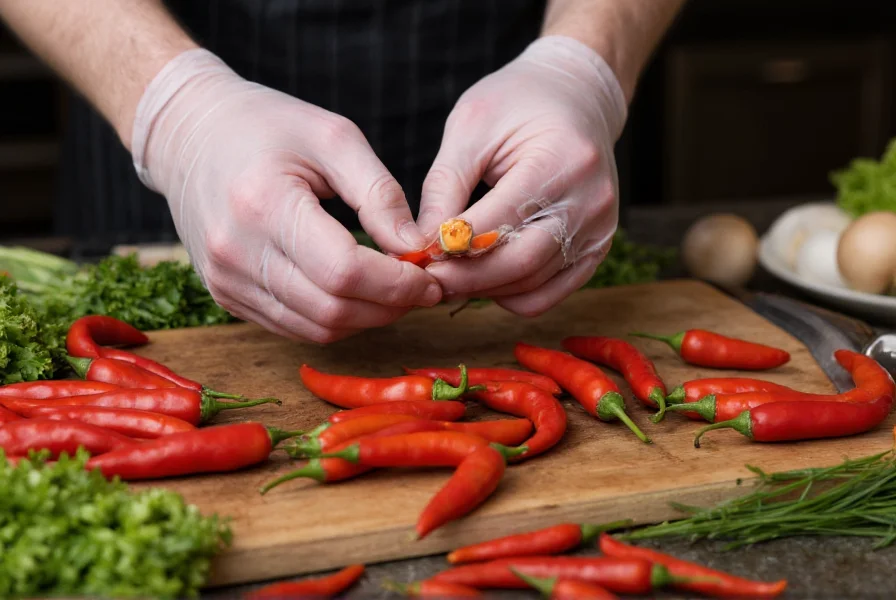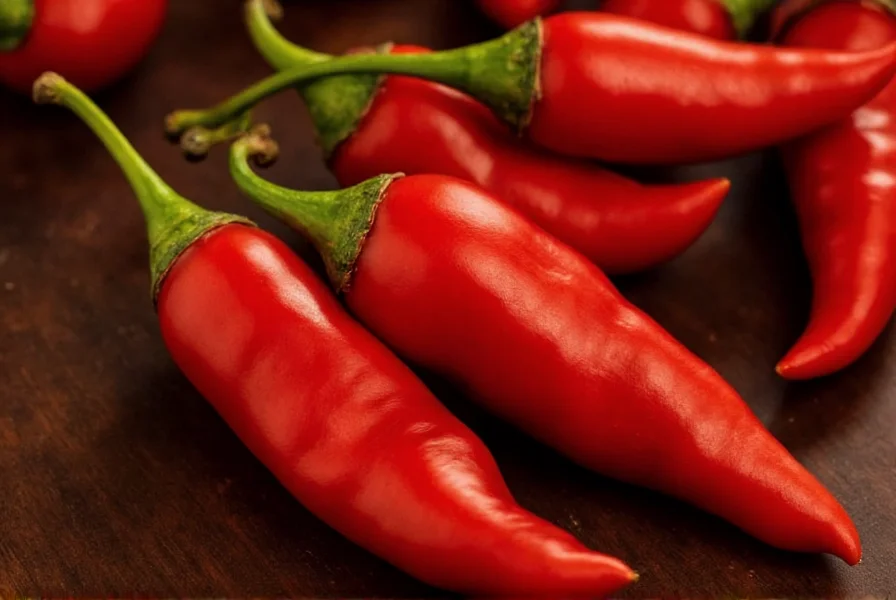The ghost chili, scientifically known as Capsicum chinense 'Bhut Jolokia,' earned legendary status when it was officially recognized as the world's hottest pepper in 2007. Understanding its precise Scoville rating helps enthusiasts and chefs safely incorporate this fiery ingredient into culinary creations while appreciating its remarkable heat profile.
Understanding the Scoville Scale Measurement
Developed by pharmacist Wilbur Scoville in 1912, the Scoville Organoleptic Test originally measured chili heat through human taste panels. Today, high-performance liquid chromatography (HPLC) provides precise measurements of capsaicinoid concentration, which are then converted to Scoville Heat Units. One part capsaicin per million equals 15 SHU, creating the standardized scale we use today.
The ghost chili's position on this scale represents extraordinary heat intensity. For perspective, a standard jalapeño measures 2,500-8,000 SHU, making the ghost chili approximately 100-400 times hotter. This significant difference explains why proper handling techniques are essential when working with ghost peppers.
Factors Affecting Ghost Chili Scoville Ratings
Several elements influence the final Scoville measurement of ghost chili peppers:
- Genetic variation: Different ghost chili strains exhibit natural heat variations
- Growing conditions: Soil composition, climate, and water stress impact capsaicin production
- Plant maturity: Fully ripe peppers typically reach maximum heat levels
- Testing methodology: Different laboratories may produce slightly varying results
- Pepper part: The placenta (white ribs) contains the highest capsaicin concentration
| Pepper Variety | Scoville Heat Units (SHU) | Relative Heat Comparison |
|---|---|---|
| Bell Pepper | 0 SHU | 0x |
| Jalapeño | 2,500-8,000 SHU | 1x |
| Habanero | 100,000-350,000 SHU | 15-40x |
| Ghost Chili | 855,000-1,041,427 SHU | 100-400x |
| Carolina Reaper | 1,400,000-2,200,000 SHU | 200-880x |
Ghost Chili vs. Other Superhot Peppers
While ghost chili scoville measurements once held the world record, newer cultivars like the Carolina Reaper and Trinidad Moruga Scorpion have surpassed it. The ghost chili maintains historical significance as the first pepper to break the one million SHU barrier in official testing. Its heat profile differs from newer superhots, with ghost peppers delivering a delayed but intense burn that peaks after 30-45 seconds and can last up to 30 minutes.
When comparing ghost chili scoville units to the Carolina Reaper, the difference becomes significant. The Reaper averages nearly double the heat of the ghost chili, with some specimens reaching more than twice the maximum ghost chili measurement. This distinction matters for culinary applications where precise heat control is necessary.

Safety Considerations with Ghost Peppers
Working with ghost chili peppers requires proper precautions due to their extreme ghost chili scoville rating. Always wear nitrile gloves when handling these peppers, as latex provides insufficient protection against capsaicin absorption. Avoid touching your face, especially eyes and mucous membranes, during preparation.
If exposed to ghost pepper capsaicin, follow these steps:
- Wash affected area with soap and cold water (heat opens pores, allowing more capsaicin absorption)
- Apply milk, yogurt, or other dairy products which contain casein that binds to capsaicin
- Avoid using water alone, which can spread the oil
- For severe reactions, seek medical attention
Culinary Applications of Ghost Chili
Despite their formidable ghost chili scoville units, these peppers offer complex flavor beyond just heat. They possess subtle smoky, fruity notes that can enhance dishes when used judiciously. Professional chefs typically use ghost peppers in minute quantities for hot sauces, specialty curries, and infused oils.
When incorporating ghost chili into recipes:
- Start with 1/8 to 1/4 of a pepper for a dish serving 4-6 people
- Remove seeds and white membranes for slightly milder heat
- Always taste incrementally—heat builds gradually
- Pair with dairy, sugar, or acid to balance the intense burn
- Never cook with ghost peppers in enclosed spaces without proper ventilation

Common Misconceptions About Ghost Chili Heat
Several myths persist about ghost chili scoville measurements and effects. Contrary to popular belief, the heat doesn't immediately register upon consumption—it typically takes 30-45 seconds to peak. Additionally, while extremely hot, ghost peppers won't cause permanent damage when consumed in reasonable quantities by healthy individuals.
Another misconception involves the relationship between pepper size and heat. Smaller ghost chili peppers aren't necessarily hotter; heat concentration depends more on growing conditions than physical size. The Scoville rating represents chemical concentration, not physical volume of heat.











 浙公网安备
33010002000092号
浙公网安备
33010002000092号 浙B2-20120091-4
浙B2-20120091-4